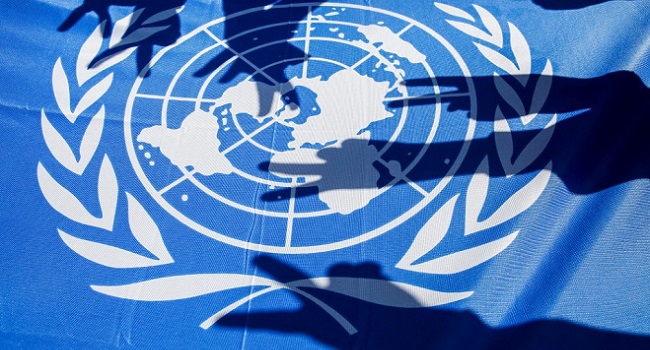
The UN on Monday unveiled the first draft text that will form the heart of forthcoming summit negotiations aimed at preserving at least 30 percent of land and oceans and a host of other biodiversity targets.
The draft, the result of months of online discussions, maps out the route for humanity to be “living in harmony with nature” by 2050.
But green groups voiced scepticism that the text will survive the high-level negotiating process at the COP15 biodiversity summit, set for October.
Campaigners have for years called for a global agreement on halting biodiversity loss, similar to what the Paris Agreement lays out for climate.
With more than one million species facing extinction and the world failing to meet existing nature preservation targets, the need for an accord among the nearly 200 nations taking part in the talks is pressing.
The draft outlines 21 targets and 10 “milestones” — to be hit by 2030 — in order to preserve biodiversity.
These include restoring at least 20 percent of degraded ecosystems and ensuring that existing intact wild areas are retained.
At least 30 percent of land and marine species should also be protected through conservation areas, the draft proposed.
The framework also calls for more sustainable farming and fishing practices, as well as “eliminating the discharge of plastic waste”.
“Urgent policy action globally, regionally and nationally is required to transform economic, social and financial models so that the trends that have exacerbated biodiversity loss will stabilise by 2030… with net improvements by 2050,” said the UN’s biodiversity chief, Elizabeth Maruma Mrema.
– ‘Solid blueprint’ –
The draft lays out specific funding targets, including the reduction of subsidies that are harmful to nature by at least $500 billion annually.
It also calls for at least $200 billion each year in new and additional finance to implement the targets.
Oscar Soria, campaign manager at pressure group Avaaz, told AFP that the figures laid out in the draft were “absolute minimum numbers”.
“If this draft survives the bargaining of the negotiations, the world will have a solid blueprint for biodiversity action,” he said.
The COP15 negotiations were planned for last year in Kunming, China.
They were delayed due to the Covid pandemic and are now set to take place virtually.
Sources close to the conference have said it may end up being delayed until next year.
A session scheduled for August, also online, will allow nations the chance to voice their views on the draft text.
“Much work remains before this draft negotiation text is set in stone as the heart of the new Global Biodiversity Framework,” said Linda Krueger, global biodiversity policy lead at The Nature Conservancy.
She said Monday’s draft was a significant improvement on previous versions.
Organisers “have been listening carefully to the consultations and have strengthened and clarified the text accordingly”, she said.
But others were less positive.
Guido Broekhoven, head of Policy Research and Development at WWF, told AFP that the new text “doesn’t show the urgency and ambition” needed to fight nature loss.
“We really need to have a nature positive world by 2030, that means that there’s more nature in 2030 than there is now,” he said.
AFP




